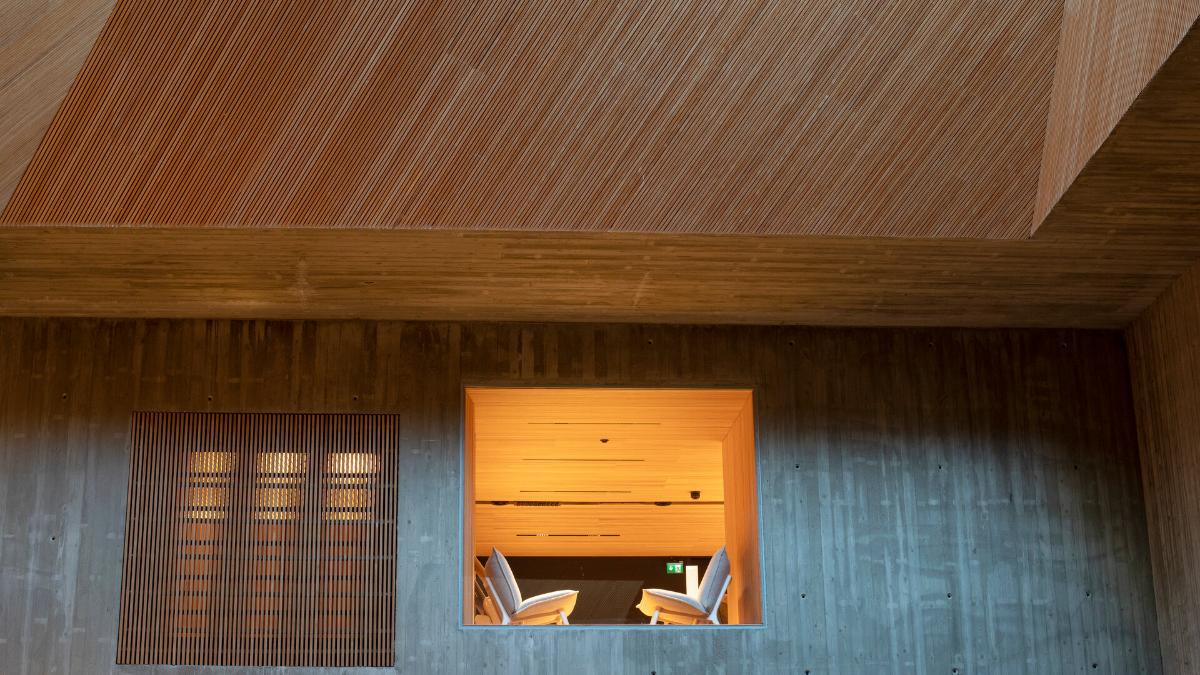Proposal for a new Architectural Policy Programme completed
Architecture must react to changes in society

The working group that prepared the Architectural Policy Programme has considered how the Finnish architecture and built environment will be able to respond to the great societal challenges. Climate change, population ageing, urbanisation, new technologies and internationalisation are challenges, but they can also be seen as opportunities. The aims of the programme include more flexible use of buildings, creating criteria for the quality of housing construction, and making Finland increasingly attractive as a destination for architecture tourism.
The proposal for the Architectural Policy Programme was submitted to the Minister of Science and Culture Annika Saarikko and Minister of the Environment and Climate Change Krista Mikkonen on 12 January.
“The aim is to strengthen cooperation between stakeholders that influence our built environment. This is needed to create a construction culture in Finland that boosts the economy in a sustainable way, offers solutions to international questions, and provides opportunities for every person to live in a good and comfortable environment,” Minister Saarikko says. “Architecture connects broad outlines to individual, personal experiences. It is important that we understand the role of the built environment for the wellbeing of individuals and how they feel involved in society.”
The five main themes discussed in the programme proposal are climate change, equality, economy, meaning and education. Besides the global questions, the programme also addresses matters that are particular to Finland: population ageing, regional development and cultural heritage.
“The working group has done a good job in recognising how good planning, zoning and construction can help find solutions to many societal challenges,” Minister Mikkonen says. “Investments in the quality of zoning and construction take us towards a low-carbon built environment that will also cherish biodiversity. The proposal contains several measures that will lead to even more effective climate action in the built environment sector, such as developing methods to assess the impacts of zoning on emissions and the concept of a circular economy city block,” Mikkonen says.
Good planning and design of the built environment supports viability, social equality and increasingly diverse ways of living, both in the growing towns and cities and in rural areas. The working group also suggests ways to increase the participation of residents in the zoning and planning processes. The proposals include joint facilities to support remote work and a set of criteria to be created for assessing the quality of housing construction. Awareness of the impacts of the built environment on health and wellbeing should be enhanced and the connections between these should be incorporated even more strongly into land use planning and building design.
The working group also proposes a prize to be awarded to sustainable construction of a high architectural standard. In addition, the programme proposal contains measures to support the export of Finnish architecture to the world and make Finland increasingly attractive as a destination for architecture tourism. The architecture and design museum to be established in Finland would have a key role in promoting the culture of architectural exhibitions and events.
Sustainable planning and construction must be the cross-cutting principle in education. The role of architectural and design education must be strengthened by developing the pedagogical competence of the teaching staff in the fields of architecture and design and by targeting state funding for the continuing education of teachers and early childhood education staff to architecture and design projects.
Finland’s first Architectural Policy Programme was published more than 20 years ago in 1998.
In May 2019 the Ministry of Education and Culture and the Ministry of the Environment appointed a working group to draw up a new Architectural Policy Programme for Finland. The proposal will now be sent out for comments and the feedback received will be taken into account to finalise the programme.
Inquiries:
Riitta Kaivosoja, Working Group Chair, Director General, tel. +358 295 330 129, [email protected]Petra Havu, Senior Ministerial Adviser, tel. +358 295 3 30185, [email protected]
Harri Hakaste, Senior Architect, tel. +358 295 250 074, [email protected]
Twitter: #apoli2020
Read more:
- New Architectural Policy Programme (Ministry of Education and Culture)
- Apoli2020 (Archinfo Finland)

